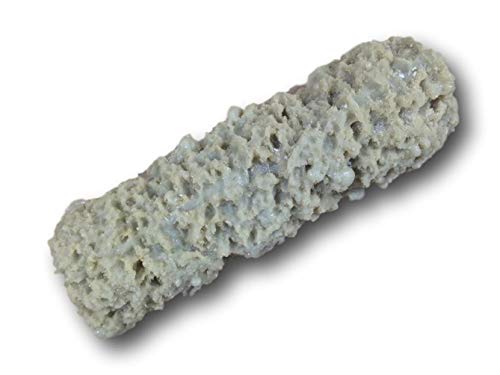Lauren, I'm not a baker, but the challah was not that hard to make, and making it into different shapes is not that hard either. Here is what I have saved for the recipe and directions for making the loaves. The first link is the recipe, but I rewrote it because I could NOT follow it as written - the second link is in Hebrew - just mute it and watch (unless you want to hear it!):
http://smittenkitchen.com/blog/2008/09/best-challah-egg-bread/
---
www.facebook.com/photo.php?v=336897019772573&set=vb.100003568348672&type=2&theater
---- (I couldn't get the link to post correctly - remove the dashes)
3 3/4 teaspoons active dry yeast (about 1 1/2 packages, 3/8 ounces or 11 grams)
Sugar:
- 1 tablespoon (13 grams) for reactivating the yeast
- plus 1/2 cup (100 grams) for adding to the dough
1 3/4 cups lukewarm water
1/2 cup (118 ml) olive or vegetable oil, plus more for greasing the bowl
5 large eggs
1 tablespoon (14 grams) table salt
8 to 8 1/2 cups (1000 to 1063 grams) all-purpose flour
1/2 cup raisins (about 70 grams) per challah, if using, plumped in hot water and drained
Poppy or sesame seeds for sprinkling.
1. In a large bowl, dissolve yeast and 1 tablespoon (13 grams) sugar in 1-3/4 cups lukewarm water; set aside for 5 minutes until a bit foamy.
2. Whisk oil into yeast, then beat in 4 eggs, one at a time, with remaining sugar and salt. Gradually add flour. When dough holds together, it is ready for kneading. (You can also use a mixer with a dough hook for both mixing and kneading, but be careful if using a standard size KitchenAid–it’s a bit much for it, though it can be done.)
[I'm not sure HOW this should be written - it is very confusing, but I just winged it and it came out fine. I beat all four eggs (jumbo - even more eggy) first, then poured them in slowly into the mixer. I added the sugar and salt first, with the oil. I used the beater bar on my 6 qt KitchenAid, and it was straining the motor at the end - perhaps at some point I should have switched to the hook.]
3. Turn dough onto a floured surface and knead until smooth. Clean out bowl and grease it, then return dough to bowl. Cover with plastic wrap, and let rise in a warm place for 1 hour, until almost doubled in size. Dough may also rise in an oven that has been warmed to 150 degrees then turned off. Punch down dough, cover and let rise again in a warm place for another half-hour.
4. At this point, you can knead the raisins into the challah, if you’re using them, before forming the loaves. To make a 6-braid challah, either straight or circular, take half the dough and form it into 6 balls. With your hands, roll each ball into a strand about 12 inches long and 1 1/2 inches wide. Place the 6 in a row, parallel to one another. Pinch the tops of the strands together.
BRAIDING
Move the outside right strand over 2 strands.
Then take the second strand from the left and move it to the far right.
Take the outside left strand and move it over 2.
Move second strand from the right over to the far left.
Start over with the outside right strand.
Continue this until all strands are braided.
[Move the outside right strand over 2 strands. Then take the second strand from the left and move it to the far right. Take the outside left strand and move it over 2. Move second strand from the right over to the far left. Start over with the outside right strand. Continue this until all strands are braided.
]
For a straight loaf, tuck ends underneath. For a circular loaf, twist into a circle, pinching ends together. Make a second loaf the same way. Place braided loaves on a greased cookie sheet with at least 2 inches in between.
5. Beat remaining egg and brush it on loaves. Either freeze breads or let rise another hour.
6. If baking immediately, preheat oven to 375 degrees and brush loaves again. Sprinkle bread with seeds, if using. If freezing, remove from freezer 5 hours before baking.
7. Bake in middle of oven for 30 to 40 minutes, or until golden. (If you have an instant read thermometer, you can take it out when it hits an internal temperature of 190 degrees.) Cool loaves on a rack.
Note:Any of the three risings can be done in the fridge for a few hours, for more deeply-developed flavor. When you’re ready to work with it again, bring it back to room temperature before moving onto the next step.
Round or straight braid? Raisins or skip them?Straight loaves of braided challah are eaten throughout the year–typically on the Sabbath–round challahs, often studded with raisins, are served for the New Year and the other High Holidays that follow. I made one of each, so you could see examples.


































